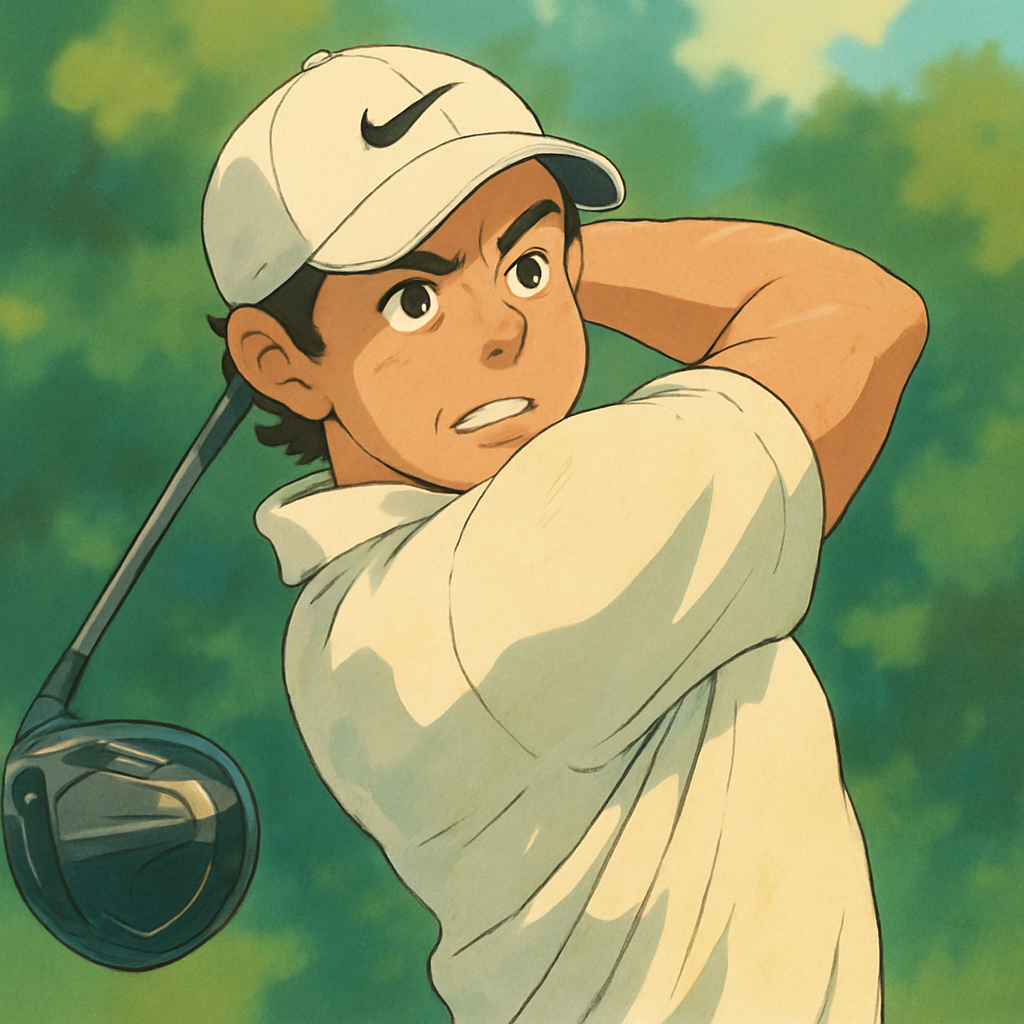LOUISVILLE, Ky. — Rory McIlroy found himself at the center of a brewing storm during the 107th US PGA Championship when his driver was deemed "non-conforming" by the USGA. The controversy, which erupted during the second round at Valhalla Golf Club, raised questions about equipment regulations, player integrity, and the fine line between innovation and rule-breaking in professional golf.
The Incident: A Driver Under Scrutiny
McIlroy, a four-time major champion, was using a TaylorMade Qi10 LS driver, which had been modified to his specifications. During routine equipment checks, USGA officials discovered that the club's face flex exceeded the legal limit under Rule 4-1b of the Rules of Golf, which states that a club must not have a "spring-like effect" beyond permissible levels. "The face deflection was marginally over the limit," a USGA spokesperson later confirmed.
McIlroy, unaware of the issue until approached by officials, immediately replaced the driver with a conforming model. He later stated, "I had no idea. I play with what’s given to me, and I trust my team to ensure everything is within the rules." TaylorMade also released a statement, acknowledging the oversight and emphasizing that the non-conformance was due to "normal wear and tear" rather than intentional tampering.
The Fallout: Reactions and Implications
The incident sparked debate across the golfing world. Some players, like Justin Thomas, defended McIlroy, arguing that such minor infractions are often unintentional. "Rory’s not the type to cheat. This is probably just bad luck," Thomas said. Others, however, questioned whether manufacturers are pushing the boundaries too far in pursuit of performance gains.
Key points of contention included:
- The frequency of equipment checks: Should the USGA and R&A conduct more rigorous testing?
- Player responsibility: Should golfers be held accountable for their equipment, even if they rely on manufacturers?
- The role of technology: Is the line between innovation and rule-breaking becoming too blurred?
Historical Precedents
This wasn’t the first time a high-profile player faced equipment scrutiny. In 2021, Phil Mickelson’s driver was also flagged for excessive face flex, while in 2017, USGA testing revealed that 30% of drivers on the PGA Tour were close to non-conforming limits. "It’s a cat-and-mouse game between manufacturers and regulators," noted golf analyst Brandel Chamblee.
McIlroy’s Response and Performance Impact
Despite the distraction, McIlroy remained composed. He shot a 68 in the second round with his replacement driver, staying in contention. "It’s frustrating, but I’m not going to let it derail my week," he told reporters. His ability to adapt under pressure drew praise, with many noting that the controversy could have easily derailed a lesser player.
However, statistics revealed a slight dip in his driving accuracy post-switch:
- Before the change: 71% fairways hit (Round 1)
- After the change: 64% fairways hit (Round 2)
- Longest drive: Reduced by 12 yards on average
Broader Implications for the Sport
The incident reignited discussions about golf’s equipment arms race. As manufacturers chase distance gains, governing bodies face an uphill battle to maintain fairness. "We’re at a crossroads," said USGA CEO Mike Whan. "Either we tighten regulations or accept that technology will keep redefining the game."
Potential solutions floated by experts included:
- More frequent spot-checks: Ensuring compliance throughout the season, not just pre-tournament.
- Stricter penalties: Should players face suspensions for repeated violations?
- Standardized equipment: A radical proposal to limit customization and level the playing field.
Conclusion: A Wake-Up Call for Golf
While McIlroy’s driver controversy ended without major repercussions, it served as a reminder of the delicate balance between innovation and regulation in golf. As BBC Sport’s Iain Carter observed, "This isn’t just about Rory—it’s about the soul of the sport. How far should technology be allowed to go before it changes the game beyond recognition?"
McIlroy, ever the diplomat, summed it up best: "Golf’s rules exist for a reason. If my situation helps spark a conversation that makes the sport better, then maybe some good comes from it." Whether this incident leads to lasting change remains to be seen, but one thing is certain—the debate is far from over.


